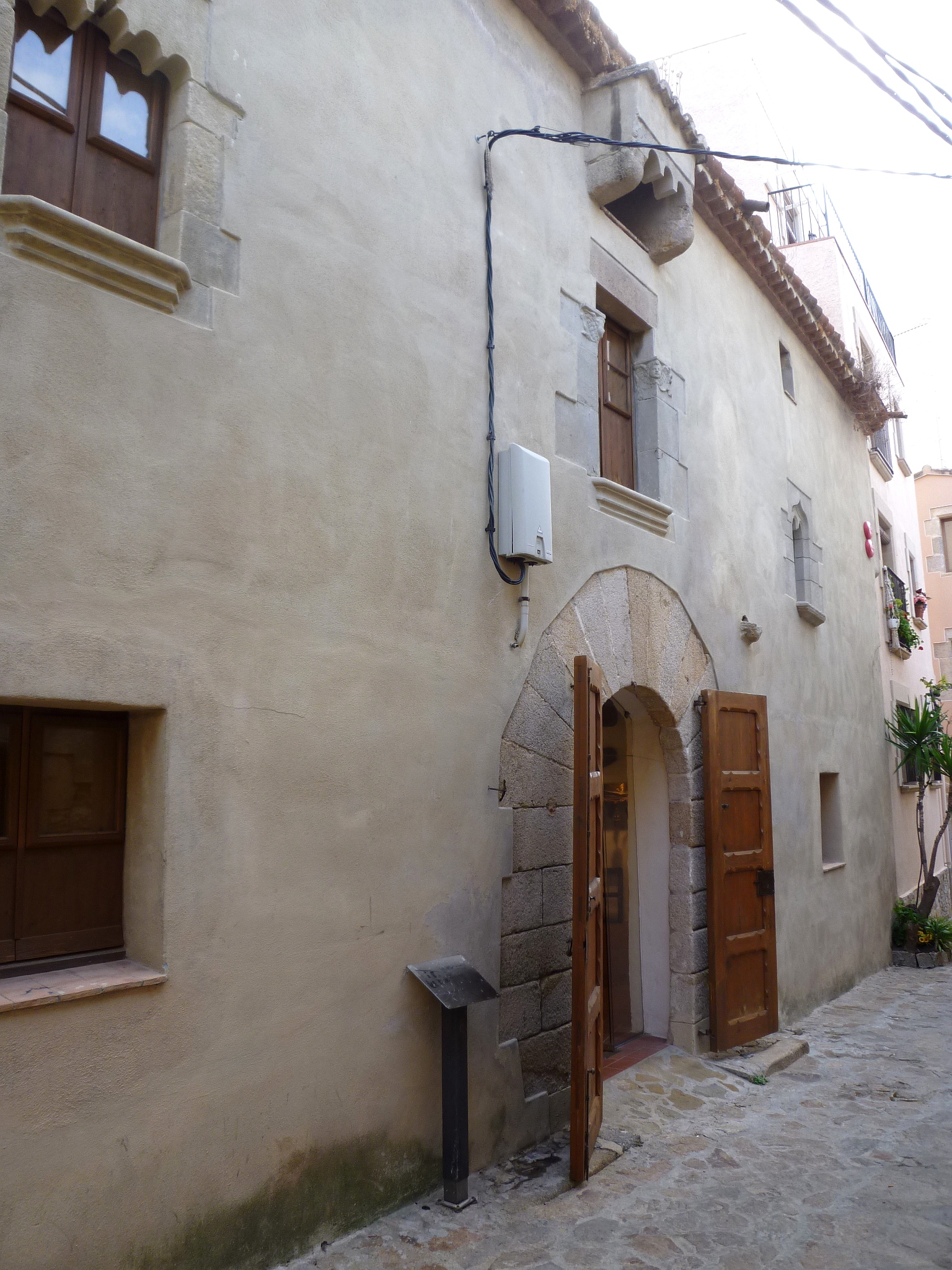Can Leandro or Can Ganga, a fortified farm in Tossa de Mar

A piece of heritage from the modern era, this old fortified farm in Tossa de Mar is worth a visit.
Here is an original and enriching historical visit to do duringyour stay on the Costa Brava!
When pirates threatened Tossa de Mar…

This farm is an important vestige of Tossa de Mar’s history for two reasons: firstly because it was built outside of the town walls, and also because it is fortified. Two elements that are closely linked to the town’s history and that teach us a lot about the Costa Brava in modern times.
If you are looking for a place that is brimming with history and that offers many different sightseeing opportunities during your holiday, Tossa de Mar is the place for you!
Book your holiday in Tossa now:
Take a look at the rental villas
In the sixteenth century, when the village of Tossa de Marbegan to suffocate within the confines of its ramparts, the owner decided to build the farm. He therefore decided to settle outside of the fortified border in order to gain ground. Can Leandro follows the example of another fortified farm named Can Magi. The former is located in Sa Roquera, which later became a fishing district in the town of Tossa. Two families lived here, the Leandro family and the Ganga family, after whom this site is named.
The Can Magi or Mas Rabassa is a Medieval farm in Tossa de Mar. Built in the fourteenth century outside of the town walls, it is also fortified and has a square watchtower.
The fortifications of these farms hold many surprises. They reflect the very history of Tossa de Mar and more broadly that of the Catalan coastline.
During the Renaissance period, it came under attack from pirates who roamed the Mediterranean to loot coastal villages. The isolation of the old town and its proximity to the sea turned these two farms into easy targets. Fortifications were therefore essential to protect them from looting.
Fortifications and agricultural vestiges
Today at Can Leandro you can still admire the beauty of the rounded doorway which is crowned with a machicolation. Do not miss out on the Gothic windows decorated with angels carved in stone.
Another interesting aspect of this building is the pantry, located inside and very well preserved. By observing this pantry it is easier to imagine the way that inhabitants of the Iberian peninsula used to live during the Renaissance.
In the second half of the eighteenth century, Tomas Vidal i Rei, an “Indiano”, acquired the farm. Indianos were Spaniards who left the country to make their fortune in the Americas (also known at the time as the Indies) and who, on their return, enriched their hometowns with donations and the construction of superb homes. Since 2002, it is the property of Tossa de Mar’s town hall.

Useful information:
Address: carrer Codolar, 4, Tossa de Mar
Website
